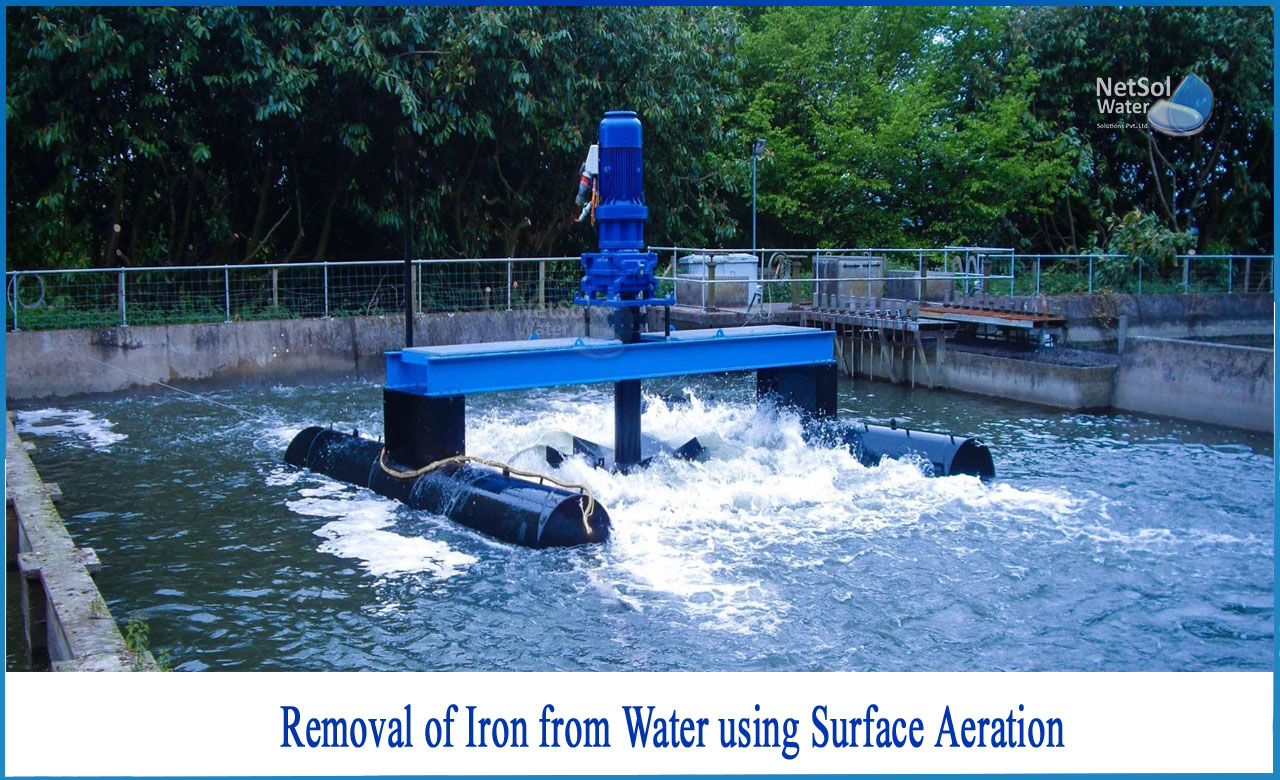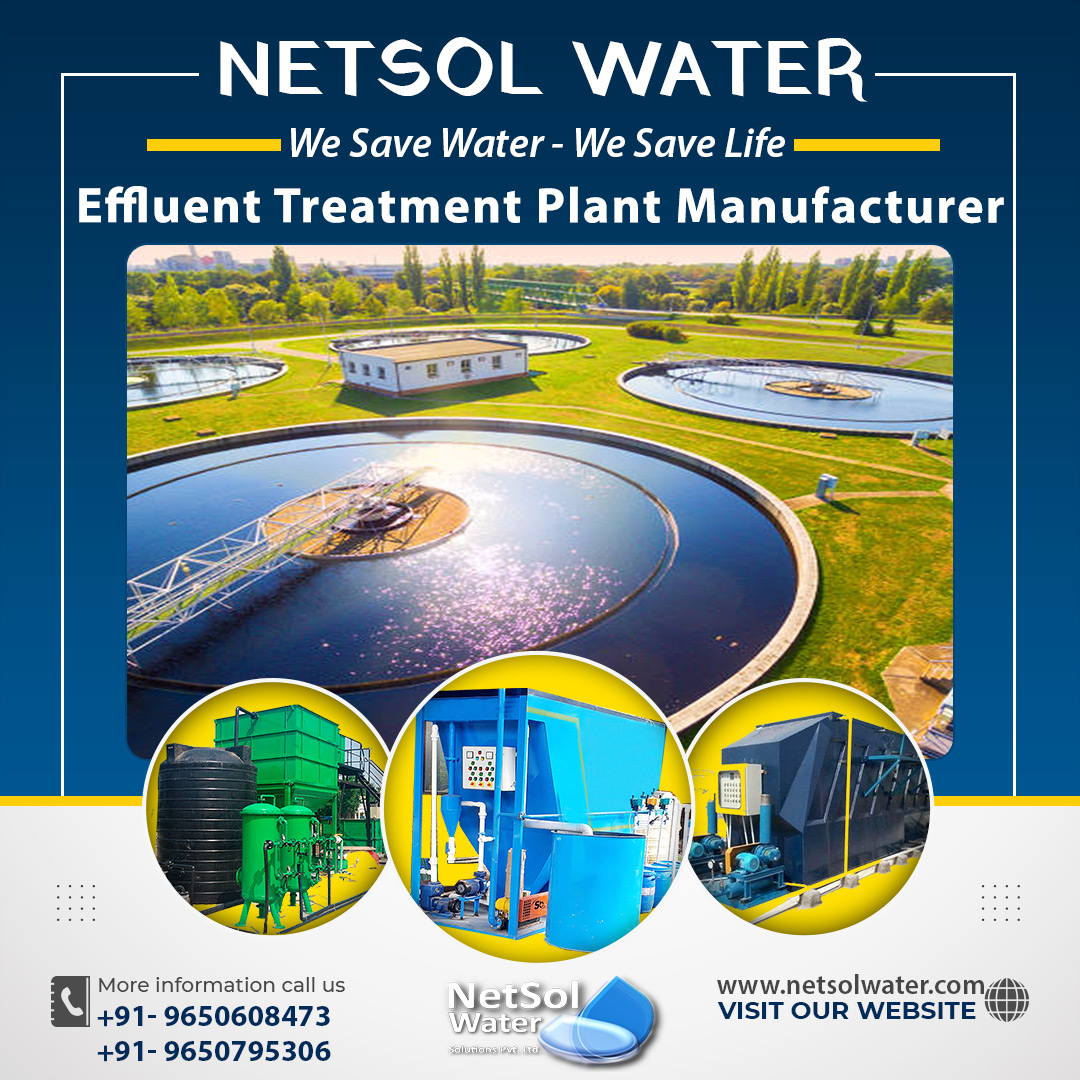How to remove iron from Water using Surface Aeration?
Iron and manganese, both dissolved and undissolved, are frequently found in groundwater. Brown deposits form on machine parts that come into touch with water as a result of these ingredients. As a result, installations experience poor process performance, contamination, and a shorter service life. Iron and manganese also impart a disagreeable taste and odour to the water.
Iron removal is the most effective strategy to avoid any of these issues. Aeration and one or more filtration processes are frequently included in the de-ironing process.
Effects of iron in water sources
Iron levels in water can have a number of apparent affects on its appearance, smell, and taste. Iron can also have an adverse effect on your skin and plumbing fixtures, providing ideal breeding grounds for microorganisms, such as:
1: Cloudiness and silt: If the water in your home includes iron, it may appear hazy and contain sediment. The oxidized iron will no longer dissolve entirely in the water and will precipitate out as a result.
2: Discoloration: If your water contains a lot of iron — usually 0.3 parts per million or more — it may turn a rusty red or brown tint. Although your water is still safe to drink, it will appear less inviting.
3: Staining: Water with high iron concentrations will stain porcelain bathroom fixtures, laundry, and dishes. Iron leaves a reddish-brown stain that is difficult to remove.
4: Metallic taste and odour: Water with high iron concentrations often has a metallic taste and odour. You may notice that the water smells or tastes like iron when you pour a glass of water to drink. Larger water consumption, such as taking a shower, might leave a metallic odour throughout your bathroom or home.
5: Altered appearance of food:Tea, coffee, and vegetables made with iron-rich water may turn a dark black colour and appear unappealing. They may also have a metallic, unpleasant flavour.
6: Pipe build-up:Iron silt and residue can build up in your home's pipes over time, causing blocking and poor drainage. You may have to spend a lot of money on repairs if a pipe clogs significantly and requires professional care, or if built-up pressure creates a leak.
7: Dry, itchy skin:Iron in the water we use to bathe or shower can cause dry, itchy skin. Because soap and iron don't often get along, washing with iron-rich water can leave extra soap residue on the skin, causing dryness and itching.
8: Bacterial overgrowth: Iron bacteria mix with iron to generate rust and bacterial slime on occasion. They don't usually cause illness. Iron in water, on the other hand, has been proven to stimulate the growth of bacteria such as E. coli in studies. You should test your water on a regular basis, especially if you have well water, to ensure that it is not polluted with hazardous germs.
Removal of iron using Aeration
The process of bringing water and air into close contact in order to remove dissolved gases such as carbon dioxide and oxidize dissolved metals such as iron is known as aeration.
It is the most cost-effective way to remove ferrous iron from water by oxidizing it. It can also be used to filter water for volatile organic compounds (VOCs). Municipal and industrial activities in many parts of the world require to remove naturally occurring iron (Fe) from the water to avoid damage to other equipment and to improve water quality.
To remove iron from water, it must first be oxidized, which is the most extensively used and cost-effective approach. The aeration process converts iron from its ferrous (Fe+2) soluble state to ferric (Fe+3) colloidal form. An air compressor, a venturi, or an injector is used in these systems. If there is water/air contact, the system will use the existing pressure tank, or an extra retention tank, together with an air volume control. When a large flow rate is required, two to four retention tanks may be required to meet the retention time requirements.
How does Aeration work?
1: The process of aeration treatment is pumping enormous amounts of air through water and then venting it outside.
2: The dissolved gases or volatile substances in the water are released by the air. The air is evacuated, as are the impurities discharged by the water.
3: In the case of iron and manganese, air causes these minerals to transition from a dissolved to a solid form, causing them to precipitate out of solution. After that, the water can be filtered to remove the iron and manganese particles.
Aeration systems range from a simple, open holding tank that allows dissolved gases to diffuse into the environment to a more complicated aeration system with a packing material-filled column or tower. The gases are released as water travels through the packing material.Following treatment, it's common to need to adjust the water pressure. A pump is put after the treatment equipment to distribute the water throughout the residence.
What can we do to assist?
To provide you with the right system for your business, get in touch with Netsol Water. We are one of the leading water treatment company in India offering projects and services in the field of water and wastewater treatment plant manufacturing. Installing our aeration systems is the greatest approach to safeguard your business from hazardous contaminants in the wastewater source.




